|
Since 1887 When Dunlop invented the pneumatic tire, Cyclists have been more or less happy creatures. Evolution, periodic even glacial -- improved upon the same basic butyl bounce... With the Clincher wheel came the fresh thinking of a far simpler road-side repair. From World wars to World Cup racing -- humankind's ability to mend a flat mid-route has made the difference between being stranded, exposed to the elements and the enemy -- And completing one's mission. So, today we can bring a book of matches, some glue, or a 3M plaster, to make a mid-route repair. It goes without saying that flats never come in a "super convenient place and time". It is always on the hottest, driest, wettest, coldest, muddiest, buggiest, most infectious, most desolate stretch of road. With that hiss, comes the sinking feeling, in one of two ways: One is the intuition that one is working far harder, or that cornering feeling a bit 'Splashy'. The Second, comes without that slow sucking hiss -- But as an immediate surprise burst, often with a "BLAM!!". Whether one senses the splashy bounce, and squishy control, giving way, to safe deceleration; Or the dreadful rim to pavement grinding stop, what follows is damage management, followed by whatever triage your inventiveness can muster. A folded dollar as a boot..., chewing gum melded to latex, a Bad Patch resuscitated to work with pine sap, even a folded tube, can limp you homeward. Mustering the head-space we contemplate pertinent questions: "Did I bring a spare tube", "Is my spare any good", "Is this the spare I pledged to patch when I finally got home the last miserable time I flatted"? "Do I have a Patch"? "Are my patches wet..., any good, dried out, expired"? And so we dismount uncertain about our outcome. One may have to swat Mosquitos, or fend off a wild animal or rabid cat, but this is certainly preferred to fixing a flat while being shot at, or shelled. The Bicycle has served in every war since invented, and it is a near perfect methodology when fossil fuels go dry. Is a Tubeless tyre without air a good idea? Is air necessary for my happiness? Luckily, like fishing -- every flat comes with a story. We embellish everything, because this minor set-back stirs the soul, and sharpens the mind. Saga is far too often the locomotion of change. ...And nearly ANY Flat-tire, is preferred to pedaling on a stationary rig -- ...Of course it is. But to whom should we credit the cushy ride of our beloved air filled doughnuts? The Patent for these "Pneu" Inventions belongs to Robert William Thomson, another Scotsman, who filed his patents in both the U.S., (1847) and in France, (1846). Thomson also invented the Fountain Pen, which changed another category most completely, untethering the writer from dipping a pen every few words. Each clever stroke of genius has saved the modern world decades of time, travel, and effort to correspond. Imagine The Bronte Sisters, or Bukowski putting pen to paper with a chisel, or a feather. Incidentally Jane Eyre was published the same year as the fountain Pen was patented. Soon, where and how deftly one could pen a novel would be eased. Thomson's tyre consisted of a hollow belt of India-rubber inflated with air so that the wheels presented "a cushion of air to the ground, rail or track on which they run". This elastic belt of rubberised canvas was enclosed within a strong outer casing of leather which was bolted to the wheel. Thomson's "Aerial Wheels" were demonstrated in London's Regent's Park in March 1847 and were fitted to several horse-drawn carriages, thereafter, greatly improving the comfort of travel and reducing it's noise. One set of these ran for 1200 miles without sign of deterioration. (Source: Wikipedia) The Below Patent Illustration shows that most exquisite soft sponginess compressing below your carriage. We are now barely beyond the event horizon for the next phase of innovation, which seems to be fairly infantile, considering "Tubeless", and "Airless". These technologies are not new to the automobile, but for Bikes are rather disparate if sluggish innovations struggling toward a standard. What merits do these new strategies proffer. It's fair to say that "Tubeless" technology is "not all that". In fact if you have left your home this year at all... an honest person, will admit to many irreparable punctures. A friend of mine gets a flat or destroys a wheel with each adventure. For me, I consistently stare forlorn at flatted or leaky wheels, whether mine or someone else's. By this, I mean that the sluggish advancement of any standards for airless tires, has led to many mornings demanding more time to fill, or service a tire, valve, or tube. Amongst a plethora of bikes, at any given moment, the bikes with Tubes seem to retain air, (Thank you Dunlop) whilst my Fat Bike, My 650b Gravel Knobbies, and my 28c Road hoops require air, or repair, because of Leaky Valves, Poor Tubeless tape, or expired Sealant. What is true, is that with tubes, I've generally never had as many disappointing Mornings, nor postponed outings from finding a flat, or slow leak. What forces a last minute course correction, bike swap, or delay is the reliability of compatible systems? So... are Tubeless combos "all that"? For me, they are not. An honest person will concede the same. It merits mention that I have personally repaired more than 2500 flats, and in a single evening ride support, replaced or repaired 72 flats (this owing to a saboteur tossing tacks along the service course.) It is not without experience nor acumen that I criticize the status quo. It is simply true that flats are not preventable, and your favorite brands are to blame for a conspicuous lack of cooperation. Alas with all things "bike", it is true that if Dunlop's valve, were not adopted early -- cyclists would likely have as many air valves as Bottom Brackets. While innovation burns like a brush-fire, "Standards" are a unicorn mired in a sticky pudding of Latex, and glue... Cooperation is ever elusive in cycling. 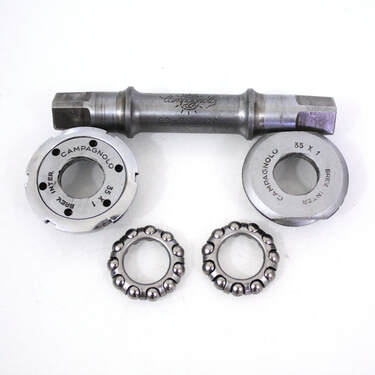 While collaboration is nearly always a myth in the cycling industry, Innovation seems to be unfettered. More competition yields more creative work-arounds. Brilliance often emerges from tireless work to circumvent patent boundaries. Unlike the technology industry, cycling may suffer from far too much pride to either concede to pay a royalty, or to offer a collaborative olive branch. Exhibits abound from Chain-ring teeth, to rim profiles, spoke patterns to shift buttons. A short list of bicycle bottom brackets follows: BSA Threaded TREK BB90 TREK BB95 PF24 (Chris King) PF41 (Hope) PF86 PF92 (Trek) BB107/PF107 BB121 PF121 (Trek) BB132 BB30 Specialized Alloy OSBB BBRight (Direct Fit) Cannondale BB30a PF30 BBRight (Press Fit) Specialized OSBB Carbon (Road) Cannondale PF30a Cannondale Asymmetric Integration (Ai) T47 386EVO 392EVO Colnago ThreadFit82.5 Look BB95 Wilier BB94 Truvativ ISIS Overdrive and... Italian These are simply the cups and/or bearings which hold ones rotating cranks to the bike. Why we have any flats at all, is equal parts karma, and conditions. For nearly 60 years the square taper BB spindle was perhaps the last agreed upon "standard system" used universally. This leads me to believe that if the technology can outlast the patent, then we are all happier, paying less, and enjoying more free time. Tubeless Tyre leaks should equally be blamed upon bad karma, and adversarial brands, who cannot or will not concede that "Brand X" simply has a far better design. Instead, innovation follows stubbornness to constantly re-invent the wheel. While Punctures are rightfully blamed upon saboteurs, and the slobs who litter -- That slow hissing sound is not your tube, but every vendor conspiring to suck money from your pockets. Fitment between a tyre, and the hoop it clings to is anything but standardized, and while Mavic, and a few others work to make combinations of tyre and rim, this bicycle industry seems destined to march in distinct directions, and to different music. It should be noted that one can shod a car with new tires for less than their race bike, and it is no surprise that nearly any rim measured to match it's car tyre will run until bald without a tube nor fickle servicing. Just like when bikes used inner-tubes, I have a 1956 Schwinn with one original tire, and it seldom requires that we bond over a pump. If you are riding A RACE DAY TIRE out for coffee and flat..., then you can take solace that this is far preferred to flatting nearly any place else. While inconvenient and not any less hazardous, the inevitable outcome is preferable to the calamity of a high-speed corner descent. Many hope for a "Tyre Standard" (for rim and tire beads to at last match perfectly), but the best we have to offer today, are clogged valves, tight fits, and that bubbling hissing geyser of latex which is your cushy "pneu" lifestyle. One thing is certain, keeping air in your tire is fundamental for a good ride, and however you manage, it is certain that when you hop on your bike it would be swell that you didn't look down to see a splashy tire. For people with less time to fuck around with fickle systems, perhaps keeping a few inner tubes around the house is a good idea. Thank you.
0 Comments
Leave a Reply. |
Age and Treachery will overcome youth and skill. Archives
January 2024
Categories |


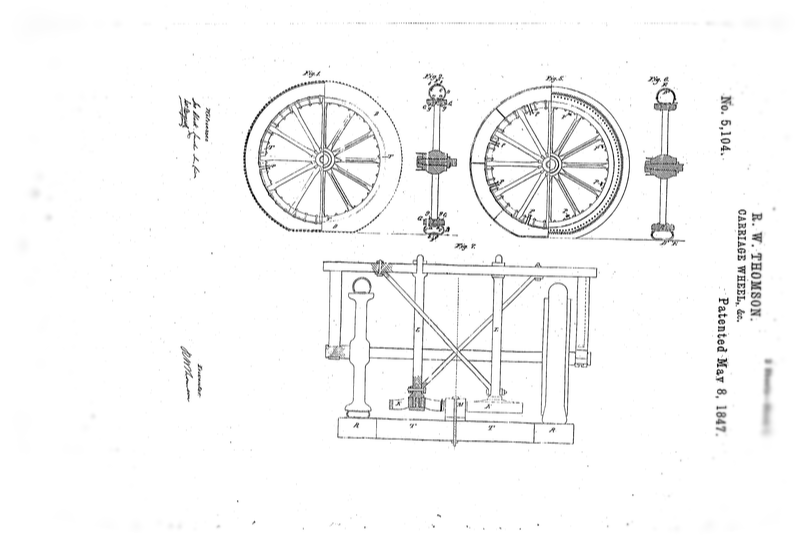
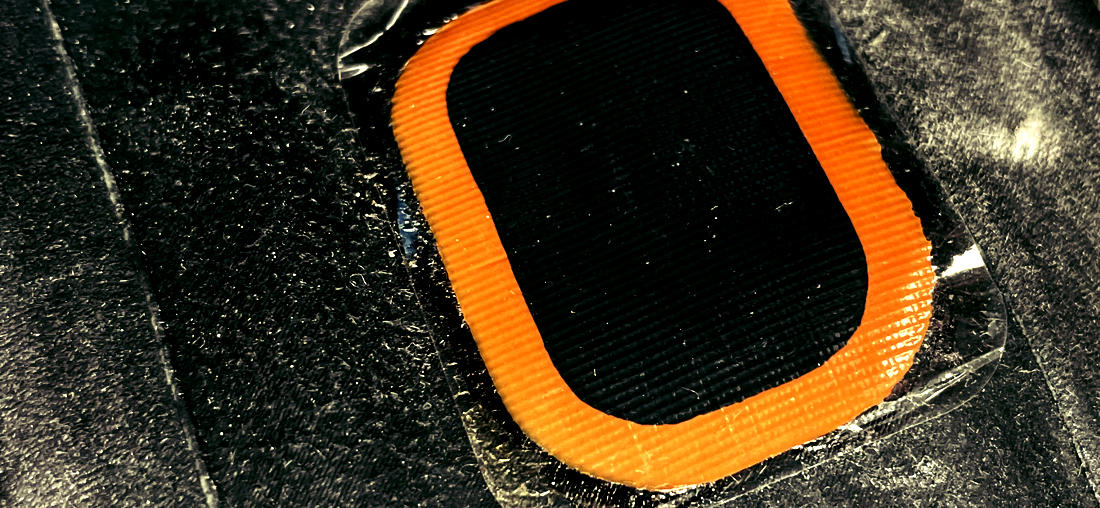
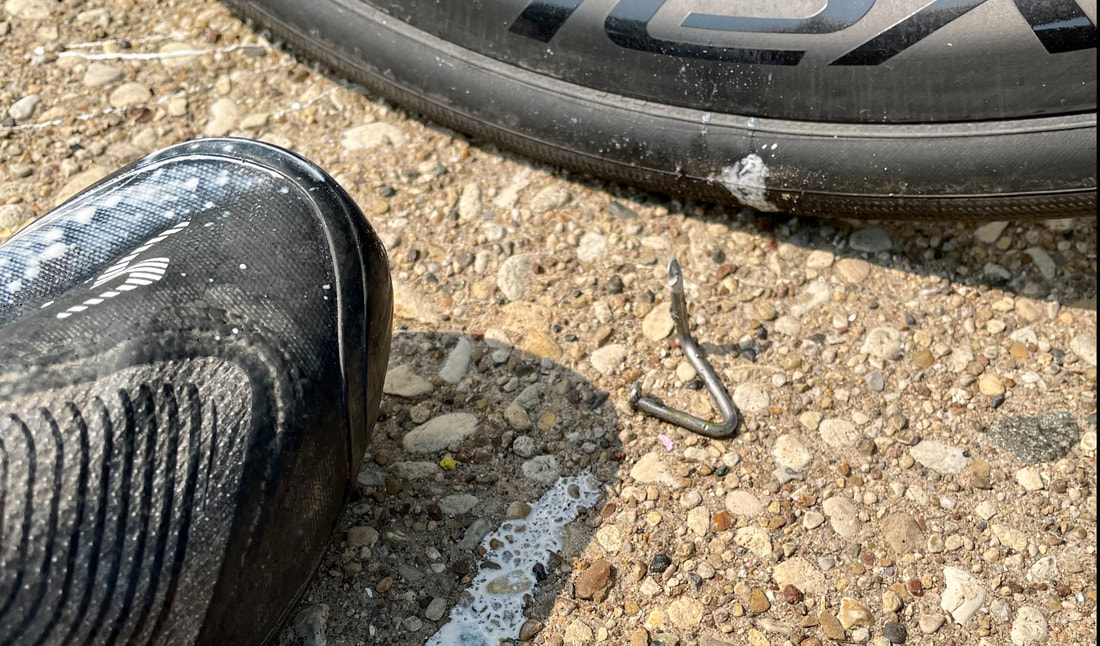
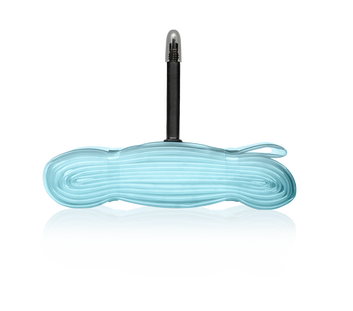
 RSS Feed
RSS Feed